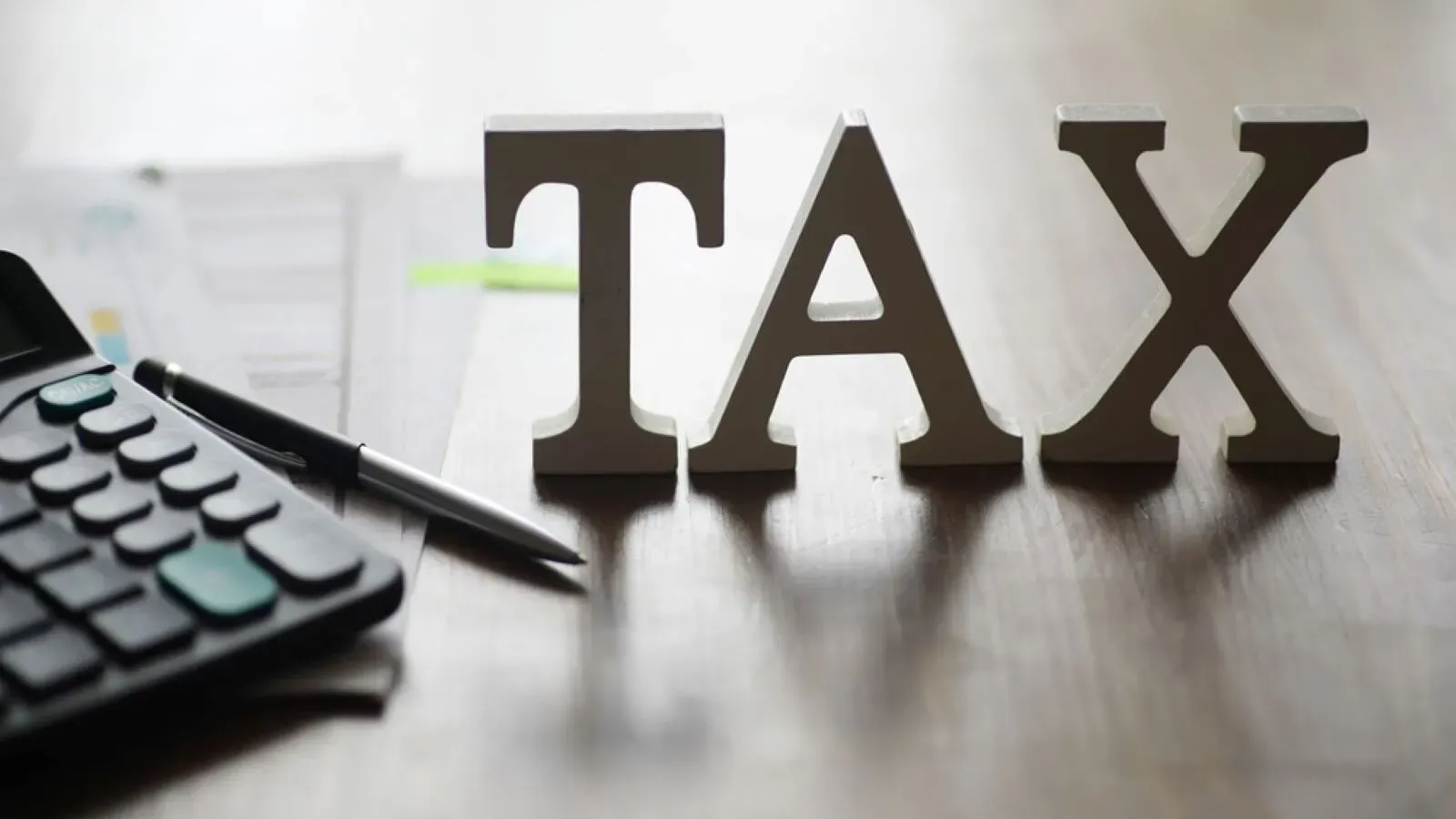Personal Finance News
Long-Term Capital Gains (LTCG) tax on equity mutual funds, shares, and property for ITR filing 2025: Explained

7 min read | Updated on July 25, 2025, 17:26 IST
SUMMARY
ITR filing 2025: Income from selling a long-term capital asset is taxed as LTCG. Whether or not an asset is a long-term capital asset depends on how long you have held it.

Know about the LTCG tax rules ahead of ITR filing 2025. | Image source: Shutterstock
Taxation of long-term capital gains (LTCG) from various assets often creates a lot of confusion for taxpayers.
Ahead of the ITR filing due date on September 15, 2025, for FY 2024-25 (AY 2025-26), this article explains the key details about LTCG taxation of equity shares, equity mutual funds, and property (land and house) that you should know.
The rules discussed below are applicable for FY 2024-25 (AY 2025-26. Let's start:
How is LTCG taxed?
Gains from selling a long-term capital asset is taxed as LTCG. Whether or not an asset is a long-term capital asset depends on how long you have held it.
For instance, a house property held for over 24 months will be treated as a long-term capital asset, and any gains from selling the house will be taxed as LTCG.
However, equity mutual funds and shares become taxable as LTCG after 12 months.
LTCG tax applies to the following assets after 12 months:
- Listed shares (equity or preference)*
- Units of equity-oriented mutual funds,
- Listed debentures
- Listed Government securities
- Units of UTI
- Zero Coupon Bonds
In case of property (land and house), LTCG tax applies after 24 months.
*Please note that the listing of shares is not mandatory if the transfer of such shares took place on or before July 10, 2014, according to the Income Tax department.
LTCG tax rates for shares, equity mutual funds, and property
LTCG from equity shares, units of equity-oriented mutual fund, or units of business trust are taxed under Section 112A. There are two tax rates:
-
12.5% on LTCG over ₹1.25 lakh realised on or after July 23, 2024
-
10% on LTCG over ₹1.25 lakh realised on or before July 22, 2024 (from FY 2024-25).
The above tax rate applies only if the Securities Transaction Tax (STT) is paid at the time of transfer of such securities. In case of equity shares, STT should have been paid at the time of acquisition, also, subject to certain exceptions.
In case of property, there are two options depending on when the LTCG was realised and the property was acquired.
If the property was purchased before July 23, 2024 then you can pay either 20% tax after indexation or flat 12.5% tax without indexation. The first of these two options is because of the grandfathering provision, which is allowed only for land or building in case of a resident individual/HUF.
As per the grandfathering provision, if the tax under the new law is more than the amount of tax under the old law, then the excess amount shall be ignored.
This grandfathering provision applies only to resident individuals or Hindu Undivided Families (HUFs) and only for land or buildings acquired before July 23, 2024.
Indexation is a process through which you can adjust the cost of acquisition of an asset against the rise in its value due to inflation. This benefit is available only to long-term capital assets.
To calculate indexation, the Central Government notifies the cost inflation index (CII), and the following factors are taken into account for the computation of indexation:
- Year of acquisition/improvement and the year of transfer
- CII of the year of acquisition/improvement and CII of the year of transfer
The following is the formula to calculate indexed cost of acquisition and improvement:
Yes, you can benefit from indexation in ITR 2025, but not on all assets.
Indexation can be used for LTCG from land or a building acquired before July 23, 2024. LTCG on such properties will be taxed at the rate of 20% after indexation. Such taxpayers also have the option to pay LTCG tax at a uniform rate of 12.5%.
| Asset Type | Acquisition Date | Sale Date | Holding Period for LTCG | Tax Rate | Exemption Threshold | Indexation | Key Notes |
|---|---|---|---|---|---|---|---|
| Equity Shares (Listed) | Before July 23, 2024 | On/Before July 22, 2024 | >12 months | 10% (above threshold) | ₹1.25 lakh | No | Old rule; applies to listed equity shares. |
| Equity Mutual Funds | Before July 23, 2024 | On/Before July 22, 2024 | >12 months | 10% (above threshold) | ₹1.25 lakh | No | Old rule; applies to equity-oriented funds. |
| Equity Shares (Listed) | Before/After July 23, 2024 | On/After July 23, 2024 | >12 months | 12.5% (above threshold) | ₹1.25 lakh | No | New rule; STT must be paid; acquisition date irrelevant. |
| Equity Mutual Funds | Before/After July 23, 2024 | On/After July 23, 2024 | >12 months | 12.5% (above threshold) | ₹1.25 lakh | No | New rule for all holdings. |
| Property (Land/Building) | Before July 23, 2024 | On/Before July 22, 2024 | >24 months | 20% (with indexation) | None | Yes | Applies to property sold before July 23, 2024. |
| Property (Land/Building) | Before July 23, 2024 | On/After July 23, 2024 | >24 months | 12.5% (no indexation) OR 20% (with indexation) | None | No/Yes | Taxpayer may choose lower of the two calculations. |
| Property (Land/Building) | After July 23, 2024 | On/After July 23, 2024 | >24 months | 12.5% (no indexation) | None | No | Only new rule applies; indexation removed. |
LTCG adjustment against Basic Exemption Limit
It is possible if a person's total income is below the basic exemption limit.
Only resident individuals can adjust their LTCG against the basic exemption limit after adjusting other incomes first. In other words, you need to first adjust other incomes against the exemption limit, and then the remaining limit (if any) can be adjusted against LTCG.
This facility is not available to NRIs.
How to calculate LTCG
You can use the following table in an Excel sheet to calculate LTCG:
| Particulars | Amount (₹) |
|---|---|
| Full value of consideration (i.e., sale price of the asset) | XXXXX |
| Less: Expenditure incurred wholly and exclusively in connection with transfer | (XXXXX) |
| — e.g., brokerage, commission, advertisement expenses, etc. | |
| Net Sale Consideration | XXXXX |
| Less: Indexed cost of acquisition (*) | (XXXXX) |
| Less: Indexed cost of improvement, if any (*) | (XXXXX) |
| Long-Term Capital Gains | XXXXX |
For listed equity shares acquired before February 1, 2018, the higher of the following is treated as the cost of acquisition for calculation of LTCG tax:
a. The actual cost of acquisition of such asset; or b. Lower of following:
- Fair market value of such shares as on January 31, 2018; or
- Actual sales consideration accruing on its transfer.
The Fair market value of a listed equity share means the highest price quoted on the stock exchange as on January 31, 2018.
However, if there is no trading in such shares on January 31, 2018, then the highest price of such share on a date immediately preceding January 31, 2018, on which trading happened in that share will be deemed as its FMV.
In case of units not listed on recognised stock exchange, the net asset value of such units as on January 31, 2018 is deemed to be its FMV.
In case the capital asset is an equity share in a company, which is not listed on a recognised stock exchange as on 31-1-2018, but listed on the date of transfer, then the cost of unlisted shares as increased by CII for the financial year 2017-18 is deemed to be its FMV.
Related News
By signing up you agree to Upstox’s Terms & Conditions
About The Author
Next Story



